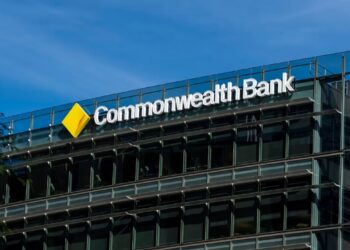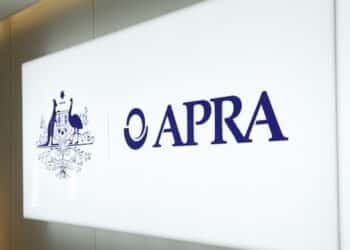Giving the Mid-Year Economic and Fiscal Outlook (MYEFO) update on Friday, Treasurer Josh Frydenberg declared that Australia had rebounded strongly, with unemployment and GDP growth improving from when the crisis first broke, but the road ahead will be “challenging”.
The September quarter had seen an increase in GDP of 3.3 per cent, the largest quarterly increase since 1976.
Real GDP is expected to grow by 4.5 per cent in 2021, following a reduction of 2.5 per cent in 2020. This compares with a 4.5 per cent increase for 2021 and a 3.75 per cent decline in 2020 as outlined at budget time.
Mr Frydenberg noted the updated numbers were “encouraging and better than what was expected at budget” 10 weeks prior. But the ongoing recovery depends on the continued containment of the virus.
“Australia’s economic recovery from the COVID crisis is now expected to be faster than our recovery from previous recessions,” the Treasurer said.
But the unemployment rate is forecast to reach pre-pandemic levels in around four years, tipped to peak at 7.5 per cent in the coming March quarter.
Placing it in context, Mr Frydenberg noted that unemployment took six years to recover from the crash in the 1980s and 10 years for the 1990s recession.
Young people are expected to bear the worst of the unemployment challenges, particularly those in industries and areas most affected by the shutdowns.
Employment for 15-34-year-olds is currently 3.1 per cent below its March level, while employment for people aged 35 and over has now surpassed pre-COVID levels.
The government has committed to further stimulus in the MYEFO update, providing $3.2 billion to extend the Coronavirus Supplement at its rate of $150 per fortnight and extend other temporary income support eligibility measures from 1 January to the end of march.
Around $1.6 billion has been allocated to secure a further 61 million doses of COVID vaccines from Novavax and Pfizer/BioNTech, in addition to the University of Oxford vaccine. The investments will provide access to a total of 114.8 million potential doses.
The money set aside for vaccines will be used to roll out a national vaccination program, alongside $500 million dedicated to extend vaccine support for the region.
A further $506 million has been committed to new infrastructure investments, adding to $110 billion that was dedicated to the government’s 10-year transport and investment pipeline in the budget.
Meanwhile, $241 million has been delegated to extend the HomeBuilder program to the end of March.
The MYEFO has included further investments towards the aviation and travel agent segments, as well as $1 billion to be invested in aged care.
The Morrison government has now provided $251 billion in direct economic support, with more than $138 billion being estimated to have already been used for Australian households and businesses.







